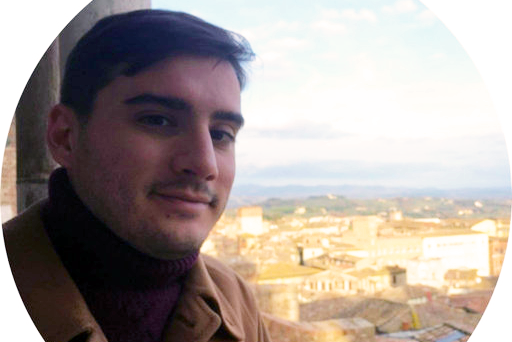News
Katherine Blake to present at LSA 2022
Grad student Katherine Blake will present a paper titled "Avoiding phonological markedness via word ordering in French and Italian" at the upcoming Linguistics Society of America (LSA) Conference, to be held virtually in January 2022.
Abstract:
This work investigates the phonological conditioning factors on variable word order of {noun, adjective} phrases in two Romance languages: French and Italian.
In both of these languages, the default order of modified noun phrases is [noun adjective], with the modifier coming postnominally (Laenzlinger, 2005; Cinque, 2010). Prenominal order, [adjective noun] is also available for some adjectives.
Critically, there are cases reported in the literature where certain adjectives are permissible in both positions, some without a difference in meaning. Examples of all three types are below (French: Knittel, 2005; Italian: Cinque, 2010).
Results of a corpus study conducted for the present work show evidence for the effects of phonological conditioning on this word ordering.
2nd November 2021
Maspong & Burroni will present at AMP 2021
Cornell grad students Sireemas Maspong and Francesco Burroni, along with UC Berkeley grad student Raksit Lau-Preechathammarach will present a paper at the Annual Meeting on Phonology (AMP 2021), to be held online Oct. 1-3, 2021
Their paper is titled "Unifying Initial Geminates and fortis stops via laryngeal specification: Three case studies from Pattani Malay, Salentino, and Dunan"
16th August 2021

Stefansdottir, Burroni, and Tilsen will present at Interspeech 2021
On September 3, 2021 grad student Brynhildur Stefansdottir, grad student Francesco Burroni, and Dr. Sam Tilsen will present a paper at Interspeech 2021 titled: Articulatory Characteristics of Icelandic Voiced Fricative Lenition: Gradience, Categoricity, and Speaker/Gesture-Specific Effects.
16th August 2021

Francesco Burroni awarded the Wolff Write-up Grant
The Cornell Southeast Asian Program has awarded Linguistics graduate student and Phonetics Lab member Francesco Burroni the John Wolff Summer Write-up Grant.
This $2,500 award - sponsored by Dr. John Wolff, Professor Emeritus in the Departments of Linguistics and Asian Studies - will help Francesco complete his dissertation.
14th May 2021
